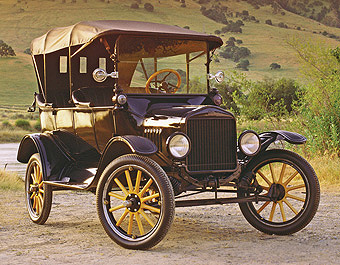1.5 Marketing orientation: trains, cars and bankruptcy
What happens to an organisation if it is not marketing orientated? Certainly history provides plenty of examples and one of these is the demise of the independent British car industry.
In the 1950s Britain was the world’s second biggest car producer. By 2005, MG Rover, Britain’s last independent car manufacturer, was declared bankrupt.
Critics pointed out that Britain’s car industry had produced the wrong cars, for the wrong markets and at the wrong price. Quite simply, the market found competitors’ product offerings more satisfying.
Another example of the importance of an entire industry being marketing orientated is the decline of train travel in the USA. In a classic marketing paper, Levitt (1960) argued that the decline of the American railways came about not necessarily because people did not want to travel by train, but because of the fundamental failure of the train companies to recognise their customers’ needs, i.e. convenience and comfort.
Levitt provides an example of how marketing orientation can work to great success: Henry Ford and his Model T car. When Henry Ford established the Ford Motor Company he recognised there was a massive, unmet demand for a cheap car.
This marketing opportunity was widely recognised by other manufacturers but they were unable to produce a car cheap enough to sell in large quantities. Hence no organisation was able to meet this demand.
Henry Ford, however, did not see the problem, only the marketing opportunity! He realised that if he could produce a car that sold for US$500 and make a profit from each one, he would be able to sell millions of cars.
By identifying the marketing opportunity, Henry Ford worked out a solution to meet this demand. The solution? Henry Ford invented the moving production line, ensuring he could produce his Ford Model T cheaply, en masse and sell it for US$500 at a profit.

